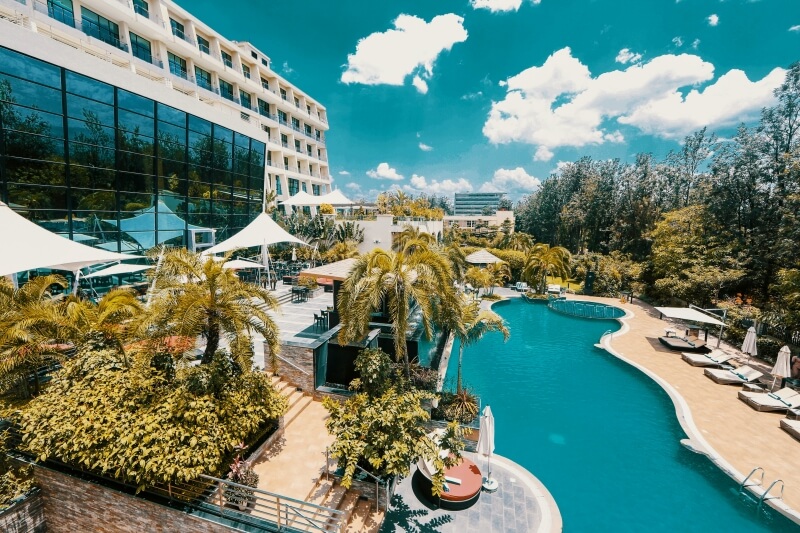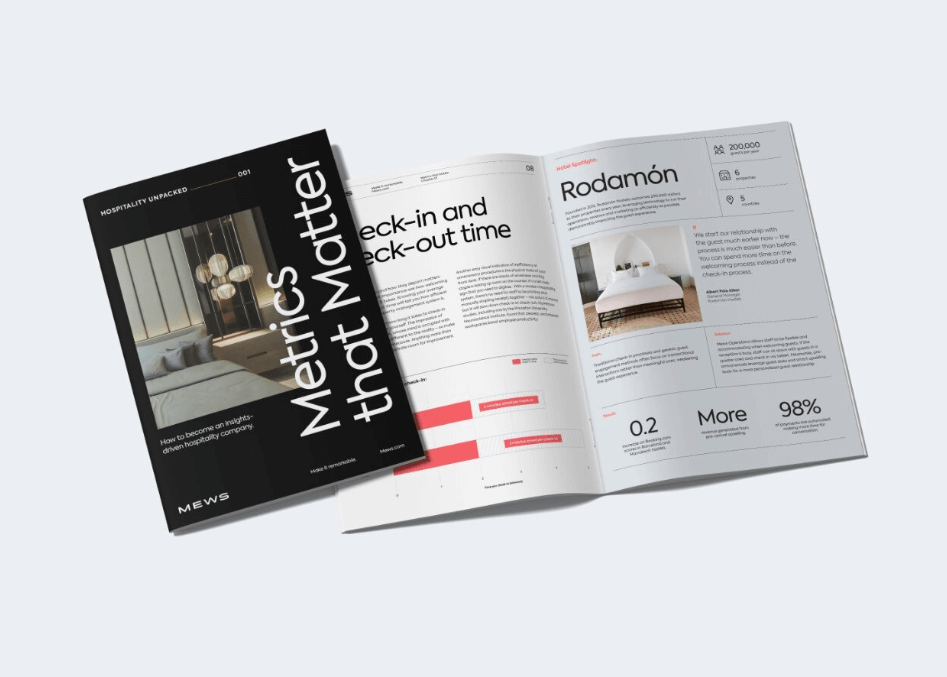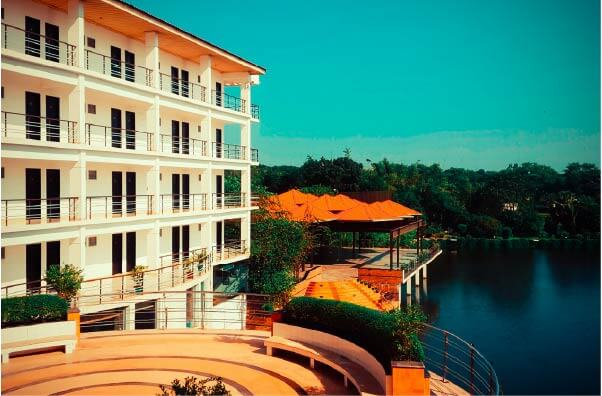A room rate in a hotel is one of the most important decisions a hotelier can make because it can positively – or negatively – affect profit. In such a competitive landscape, it is key to make good choices about hotel room rates to maximize occupancy and, in turn, revenue. The more options you have for room pricing, the more flexibility guests have when choosing a room that best suits their needs, and the easier it will be for them to choose you over the competition.
In this article, we will look at different rate categories, their importance, and how Mews can help you optimize your pricing strategy.
Table of contents
Why is it important for hotels to have different types of rates?
Having different types of pricing is crucial to standing out amongst the competition, and gaining a competitive edge. Like in any highly competitive industry, the more options you can offer, the more you can appeal to a wider audience. In addition, offering different rates will allow you to generate more direct bookings, increasing occupancy and revenue.
10 different hotel rate types for your hotel
Having a range of pricing options will help you manage operational costs and keep you competitive no matter seasonality or local market conditions. Now that you’ve understood why different hotel rate types are important, let’s look at 10 common rates in hotels.
1. RACK
RACK rates are standard prices that are published on your property’s website. They’re usually the highest possible rates and don’t include any discounts or extras. They may, but don’t always, include breakfast.
2. BAR
When asked for the best available rate, or BAR, a guest is really asking for the lowest rate. Sometimes you can also offer a dynamic rate or a daily rate. It is the lowest discounted price for your property to break even, which will vary depending on whether it’s high or low season.
3. Dynamic
Dynamic rates depend on availability and will change based on occupancy. For example, you might have a different BAR if you are at 20% occupancy vs. 60%, because as demand increases, so do prices. Discover different pricing strategies.
4. Daily rate
A daily rate is usually set by a revenue manager depending on demand forecasts. Daily rates are dictated by the day of the week, with Fridays and Saturdays generally being the most expensive. The price at the beginning of the week will often go down as demand decreases, while the price may rise on Wednesdays and Thursdays as the weekend approaches.
5. Non-refundable
Non-refundable rates are a great way for hoteliers to guarantee revenue because guests must pay either a percentage or forfeit the whole amount should they decide to cancel. For this reason, prices are more attractive and are usually discounted 5% to –10% off the BAR.
6. Last-minute or walk-ins
When guests walk in or book at the last minute, hoteliers may offer lower than standard rates as a strategy to maximize occupancy. Learn more about occupancy rates and how to increase them.
7. Package deal
Package deals are a great way to increase ancillary revenue. You can offer the BAR together with a two-nights stay, a meal at your hotel’s restaurant, room service, a spa treatment, or other extras that come at a low price to your property but make the deal more attractive for potential guests.
8. Corporate and group
Hotels located close to conference venues, popular with business travelers, or host special events may benefit from offering corporate or group prices. These special prices will make your hotel more attractive for these groups, bringing in a large volume of room sales at one time. Plus, this category of guest tends to travel year-round, making this target group ideal for boosting low and off-season revenue.
9. Length of stay (LOS)
Length of stay rates are a great way to keep the price of room upkeep low (night to night turnover requires more effort on behalf of housekeeping rather than longer-stay guests) and boost ancillary revenue. Plus, guests who stay longer tend to spend more on site. By encouraging long stays with lower rates, hoteliers can be sure to have guaranteed revenue over a longer period, and can encourage loyalty, because the longer guests stay, the more comfortable they become at your facilities. This is especially beneficial for boosting off-season revenue.
Find out how long a guest can stay at a hotel.
10. Early booking
You know what they say, “the early bird gets the worm” and the same is true at hotels. Early bird bookings can be offered from one month to six months in advance. Ideally, you’ll want to ask for a deposit to make last-minute cancellations less likely. Early bookings are great for hoteliers because you can better forecast prices and occupancy.

How can Mews help you handle your different types of hotel rates?
Looking to drive hotel occupancy rates? Mews can help you handle your different rate types by allowing dynamic pricing so that you can be sure of having the right price at the right time. Mews’ market insights will allow you to set prices based on market intelligence and the competition. You can use Mews’ revenue management features to make sure you optimize revenue opportunities, business insights and run occupancy reports.
Create your own rules to suit your property, including special deals, dependencies, and restrictions. The Mews hotel yield management tool is easy to use, flexible, and will help to deliver growth for your business in order to maximize profits. You can create a base price that can be connected to other prices so that when the BAR changes, it will update dependencies.
Conclusion
In this article we’ve looked at what a rate in hotel can do for occupancy and revenue, different types of rates, why they’re important, and how Mews can help optimize pricing. The best thing hoteliers can do is offer a range of standard, non-refundable and special rates to offer variety and flexibility to potential guests. Having a variety of prices available can allow guests to be more flexible and find the best option for them, which will ultimately have a positive impact on revenue, occupancy, and profitability.
Download our guide The Metrics that Matter

We have created a comprehensive report titled "The Metrics that Matter," which can guide you in utilizing the most relevant data to enhance the guest experience and increase revenue. Click the button below to discover how implementing these metrics can improve operations, revenue, and marketing strategies for your hospitality business.

Author
Eva Lacalle
Eva has over a decade of international experience in marketing, communication, events and digital marketing. When she's not at work, she's probably surfing, dancing, or exploring the world.
Hospitality hot takes straight to your inbox
Sign up to our monthly newsletter for industry insights, product news, partner updates and more.


.webp)